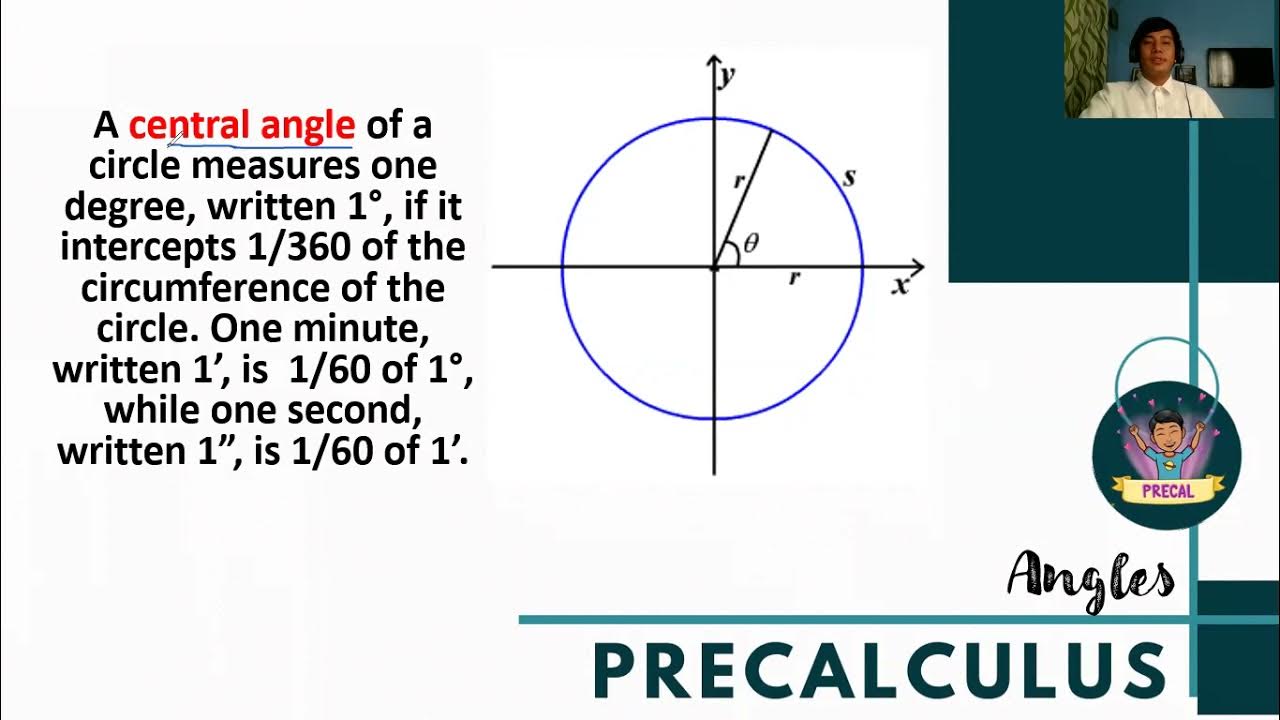10 Camera Angles and Shots for Cooking Videos
Summary
TLDRIn this lesson, the creator shares 10 essential camera angles for cooking videos, with a bonus angle for added variety. The lesson covers a range of shots, from wide and medium to extreme close-ups, and explains how each angle affects the viewer's perspective. Key techniques include using different lenses, like telephoto, to enhance cinematic feel, and tips for avoiding digital zoom. The creator also introduces a POV shot for immersive cooking experiences and emphasizes the importance of planning camera placement for dynamic, engaging content. Plus, the sponsor offers a platform for creators to build custom apps for monetizing recipes and live streams.
Takeaways
- 😀 Camera placement in cooking videos directly affects the viewer’s experience and creates a specific feeling in the video.
- 😀 Wide shots are useful to establish a location but are rarely seen in cooking videos unless in a larger setting like a restaurant.
- 😀 Medium shots (waist-up) are commonly used in cooking videos, helping viewers feel like they're sitting across from the chef.
- 😀 Close-up shots highlight important details (e.g., ingredients or appliances) and are best captured with a telephoto lens to create depth.
- 😀 Extreme close-up shots emphasize fine details, such as chopping or cooking a piece of food, often using a telephoto lens for a more cinematic feel.
- 😀 Macro shots provide extreme close-ups that reveal details not visible to the naked eye, adding a unique creative touch to your content.
- 😀 Straight-on shots give the viewer the feeling of simply watching the chef cook, ideal for general cooking actions and talking to the camera.
- 😀 High-angle shots make the viewer feel like they are looking down at the prep table, perfect for tasks like cutting, mixing, or cooking in deep pots.
- 😀 Low-angle shots give a sense of perspective by placing the camera lower, which can create an interesting effect for certain scenes.
- 😀 POV (Point of View) shots offer an immersive perspective, making the viewer feel like they are the one cooking, often achieved with a mounted camera.
- 😀 Combining different camera angles and shots (e.g., wide, medium, close-up) creates more dynamic and engaging videos that keep the audience interested.
Q & A
What is the main purpose of a wide shot in cooking videos?
-A wide shot is typically used to establish a location, like showing the kitchen or restaurant, and is usually captured with a wide-angle lens. It's not commonly used in cooking videos unless you want to set the scene or showcase the setting.
Why is the medium shot so popular in cooking videos?
-The medium shot, framed from the waist up, is popular because it helps the viewer focus on the cook while creating a conversational feel. It makes the viewer feel as if they are sitting across from the cook.
What is the difference between a close-up and an extreme close-up shot?
-A close-up focuses on specific ingredients or appliances, helping the viewer focus on details. An extreme close-up goes even further, often used to show very fine details like cutting an onion or taking a bite of food.
What is the advantage of using a telephoto lens for close-up shots?
-Using a telephoto lens for close-up shots helps create depth in the video, allowing the cook to position the camera further away from the food, avoiding splatters, and resulting in a more cinematic look.
What should you avoid when filming close-ups with a phone?
-You should avoid pinching or zooming in with your fingers on the phone, as this is a digital zoom that degrades the image quality. It's better to switch between different lenses, like 0.5x, 1x, or 3x, which use optical zoom instead.
What is a macro shot and when is it used?
-A macro shot is an extremely close-up shot, often requiring a special lens. It allows the viewer to see details that the human eye cannot, making it a creative and intriguing shot for food videos.
What is the key characteristic of a high-angle shot in cooking videos?
-A high-angle shot involves placing the camera above the scene and pointing it downward, making the viewer feel as though they are looking down at the cooking process. It's often used for prep work or plating food.
How does an eye-level shot differ from other camera angles?
-An eye-level shot places the camera at the same height as the prep table or counter, giving the viewer the feeling of being at eye level with the food, which can make them feel more involved in the cooking process.
Why is the top-down shot considered one of the hardest to capture in cooking videos?
-The top-down shot is challenging because it requires special equipment to hold the camera above the cooking area. Additionally, there are issues with things like steam fogging up the lens, making it difficult to capture clear shots.
How does the POV (Point of View) camera angle enhance the viewer's experience?
-The POV angle makes the viewer feel as though they are the one cooking, creating an immersive experience. This is typically achieved by attaching a camera to the cook, such as a GoPro on the forehead or mouth.
Outlines

此内容仅限付费用户访问。 请升级后访问。
立即升级Mindmap

此内容仅限付费用户访问。 请升级后访问。
立即升级Keywords

此内容仅限付费用户访问。 请升级后访问。
立即升级Highlights

此内容仅限付费用户访问。 请升级后访问。
立即升级Transcripts

此内容仅限付费用户访问。 请升级后访问。
立即升级5.0 / 5 (0 votes)






